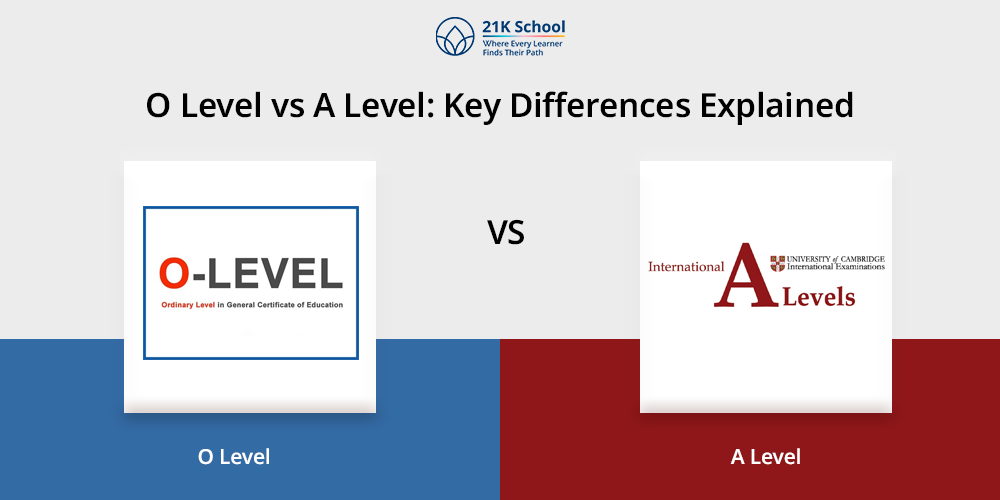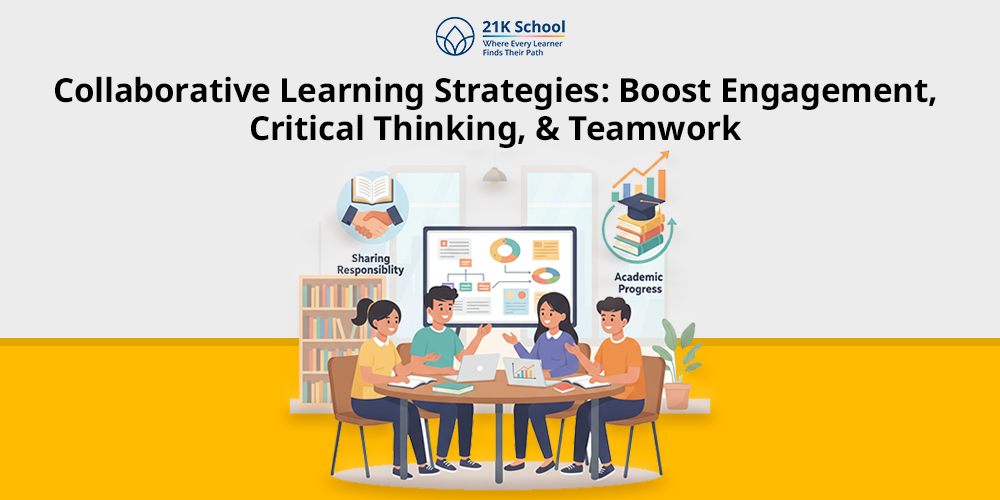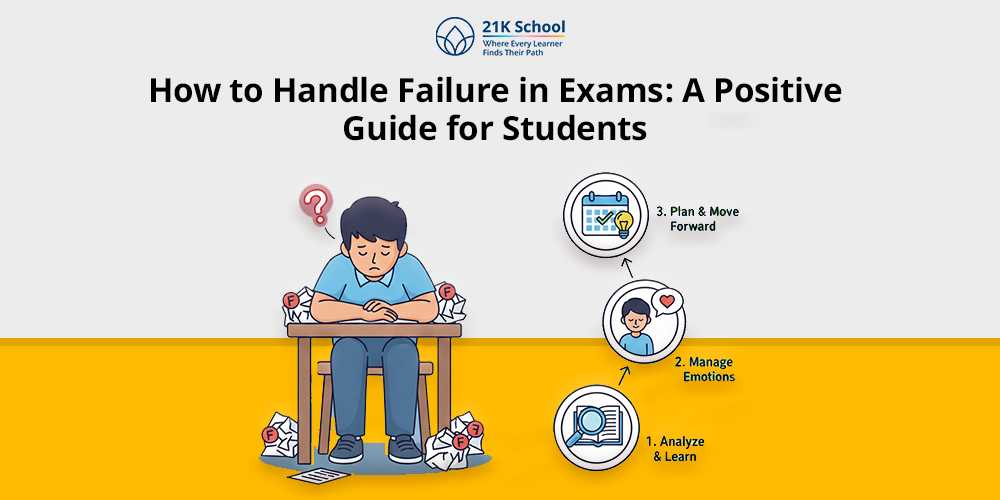
Change is a part of life and change in education or learning pattern can be beneficial for each learner.
However selection of one right type can be overwhelming but not impossible. To increase efficiency and academic achievements, learners need to choose between the present school and future school.
Exploring everything about present school and future school help learners to choose the correct path for future learning.
Let’s discover the difference for kids’ academic growth of 21st century students.
Table of Contents
What is Present School?
The present schools connect us with old or traditional education in which teachers are the central or core element.
They are characterized by discrete curriculum, schedule, face-to-face and emphasis on studying by memory and test preparation.
Assessment and instruction methods have mostly been standardized, even though there has been some element of technology entering the classrooms.
The instruction is normally given in line with age and the subject that is being given to the students does not match the style or interest of learning.
This model, though surrounded by sanity and accountability, has seldom satisfied various learners.
What is Future School?
The schools of the future would also be flexible and individualized. Learning with the help of technology to fit the 21st century.
They want to reach out to every student with diverse learning speeds, modes, and interests rather than a one size fits all education.
Explore the future of education in the 21st century and how it impacts learners and their academic achievement.
Delivery, tracking and scoring of the lessons are assumed to be run by Artificial Intelligence, virtual reality and data analytics. Next generation schools will specialize on thinking, creativity, cooperation and emotional intelligence over cramming.
Go through different learning methods like the influencing future of AI in education.
Present School vs Future School
Education is undergoing a tremendous revolution almost at every level. Learning is becoming an individualized, technology driven affair.
The differences in features between the present and the future schools are as detailed below and in a table below:
| Feature | Present School | Future School |
| Curriculum | Structured and uniform | Personalized and adaptive |
| Learning Model | Teacher-centered learning | Student-centered and collaborative learning |
| Technology Use | Limited to smartboards or basic e-learning | Integrated with AI, VR, and real-time data analytics |
| Assessment Approach | Based on memorization and standard exams | Competency-based education focusing on application and growth |
| Learning Environment | Physical classrooms with fixed seating | Flexible spaces, virtual and hybrid learning |
| Focus on Soft Skills | Limited or extracurricular activities | Core part of the curriculum (social, emotional skills) |
| Pace of Learning | Same for all students | Customized for each student |
| Role of Teachers | Information providers | Facilitators, mentors, and emotional guides |
1. Curriculum Structure
Present School: Adhering to, one-size fits all, hard nosed, structured curriculum.
Future School: Offers personal and moving learning genealogies as per demand and the speed of each student.
2. Teaching-Learning Strategy
The current School: Teacher dominated and passive students.
Future School: Supports student agency, collaboration and proactive learning with teachers being a facilitator.
3. Technological Use
Present School: Technology is used solely in an add-on fashion there could be smart boards or PowerPoint.
Future School: Artificial intelligence, virtual or augmented reality, gamification, real-time analytics are highly integrated into it.
4. Learning Environment
Present School: It is possible only to do education in physical rooms consisting of seats, and it is less interactive.
Future School: The schools are flexible, mobile, camping (off-line and online) and shaped so that they will elicit innovativeness and comfort.
5. Assessment Methods
Current School: Emphasis on memory and unit tests to determine the fate of students.
Future School: It uses formative, competency based evaluation, to track skills gained in the real world, and individual growth.
6. Social and Emotional Development
Present School: Emotional and social learning plays second fiddle and therefore is only taught in ad-hoc activities or counselling sessions.
Future School: Well-being, mindfulness in the classroom and emotional intelligence are group and daily life culture.
7. Teachers Role
Present School: The central aspect of ideas and control of the study process is left to teachers.
Future School: Instructors: Coaches, mentors and a guide to emotion and learning.
Learning Hubs & Micro-Schools
1. Present Schools
- Teaching and Curriculum: The teaching and curriculum used in present schools is teacher-led, fixed and structured curriculum. It mainly focuses on textbook or lecture sessions.
- Assessment: At present schools assessment is standardized tests and periodic exams.
- Learning Environment: The learning environment for learners is based on traditional classroom settings and in fixed time.
- Technology: The presence of technology in education here is only limited to projector and computer systems.
- Teacher and Student Roles: The main role of teacher and students is knowledge provider and receiver.
- Social Interaction: Participation in various fun learning activities and events as a team, social interactions and sure better relationship between peer and teacher.
2. Future Schools (Learning Hubs & Micro-Schools)
- Teaching and Curriculum: In future schools teaching methodology and curriculum is based on student-centred learning such as interactive activities, experimental approaches, project based learning.
- Assessment: Here learners go through real time assessments and competency based learning for early feedback.
- Learning Environment: The learning environment in future schools is mainly online based from home. It is more accessible, effective and time saving.
- Technology: Learning is mostly based on technology such as integration of AI in education, various virtual learning platforms etc.
- Teacher and Student Roles: Teachers work as a facilitator or mentor and guide students to improve their learning journey.
- Social Interaction: Future schools offer social interaction by providing a collaborative learning environment which helps in implementation of technology and future models.
NEP 2020 and Policy Driving Change in India
Present schools work according to the traditional 10+2 system while the working of future schools is based on the NEP 2020 new 5+3+3+4 model.
Here’s an detailed information:
| S.No. | Particulars | Present School | Future School |
| 1. | Curriculum | Rigid and based on rote-learning. | Promote discussion, analysis, and experiential learning. |
| 2. | Structure | The structure is based on 10+2 format. | The structure is based on 5+3+3+4 design covering ages 3-18. |
| 3. | Streams | The stream system includes Science, Commerce, Arts but only after Grade 10. | Here, streams will become flexible and interdisciplinary. |
| 4. | Assessment | Exam-based, focusing on memorization. | Continuous and holistic assessment. |
| 5. | Vocational Education | It lacks integration and is seen as separate or secondary to academics. | Based on practical and real life skills. |
| 6. | Technology | Limited use of technology as compared to future schools. | Integration of technology to enhance learning, access |
Important Aspects of Present School
Current/present schools are an ideal representation of our history. In this system part is deeply defined and structured for learners.
Few important aspects of present or current schools you should know are:
- Fixed Time Schedules And Organized Curriculum
One of the aspects of present school one can’t miss is the fixed schedule and properly organised curriculum.
Learners gain knowledge by following a fixed study time table, homework and practice numericals. To do so an organised curriculum is very much helpful to stay focused.
- Teacher-Centered Learning
The existing schools have a teacher as the largest provider of knowledge. They become the group captains, tutors and the pacesetters of the education.
It is the prescriptive input of the teacher in urging students into participation.
- Physical classrooms and few resources
Learning takes place within brick and mortar classrooms and students sit in rows.
Though the use of smartboard and tablets exists in the current schooling system, the strategy has not been as dynamic and addressing the field of technology.
- Memorization and Standardized based Assessments
Their tests in the conventional schools involve memorization and recall. They also like to test the students on facts recalled and not on being able to apply that knowledge to the real world situation.
- Low Emotional and Social Skills Attention
Life skills or values education has become an optional subject taught in many schools but it is not compulsory and it is off-stream.
Important Aspects of Future School
Future School takes learners two educational journeys that not only offer new opportunities but also guides for learning activities for engagement.
Given below are detailed information of various aspects of future school:
- Personalized Learning and Differentiated curriculum
Personalization of lessons in future schools is the objective. The system can provide adjustment in the level of difficulty, remedial feedback or accelerated learning using the AI and learning analytics based on the success of a certain student and his/her preferences.
- Technology-enhanced learning and Blended Learning
The school of tomorrow is booked into the world of technologies: virtual laboratories, augmented-reality tours of history, etc.
The educational process will be online course work combined with face-to-face communication and project based activities.
- Learning in Teams and Student Centered Learning
Students of future schools will take more responsibility in their studies.
They will learn in teams, solve real life problems and work in a peer-to-peer fashion to train leadership skills and social skills early in life.
- Application and growth-based Assessments
Assessments will focus on doing instead of a one-size-by-size fit as well as thinking and overall development.
Standardized tests can be replaced by portfolios, projects and performance reviews or used in conjunction with them.
- Well-being and Emotional Intelligence
Emotional intelligence and children’s mental health both are crucial for learners’ professional and personal development.
Different types of mindfulness activities, social emotional learning and real life experience improve these skills in kids.
- Physical and Flexible Spaces
In the future classroom kids can access various technology advanced elements from the type of desk to collaborative learning space.
This ensures comfortability, collaboration between peers and engagement especially during group activity.
Conclusion
Future schools are not only using the flip it over of new equipment and ultra-modern facilities, but re-branding the learning itself. The future of schooling is flexible and remote in many cases.
Despite having a good foundation, change is inevitable as demands in society have changed and the improved use of technology.
Focus on effective learning, personalized approach and increased productivity via Future School which offers immense flexibility to connect, communicate and collaborate for a better future.



